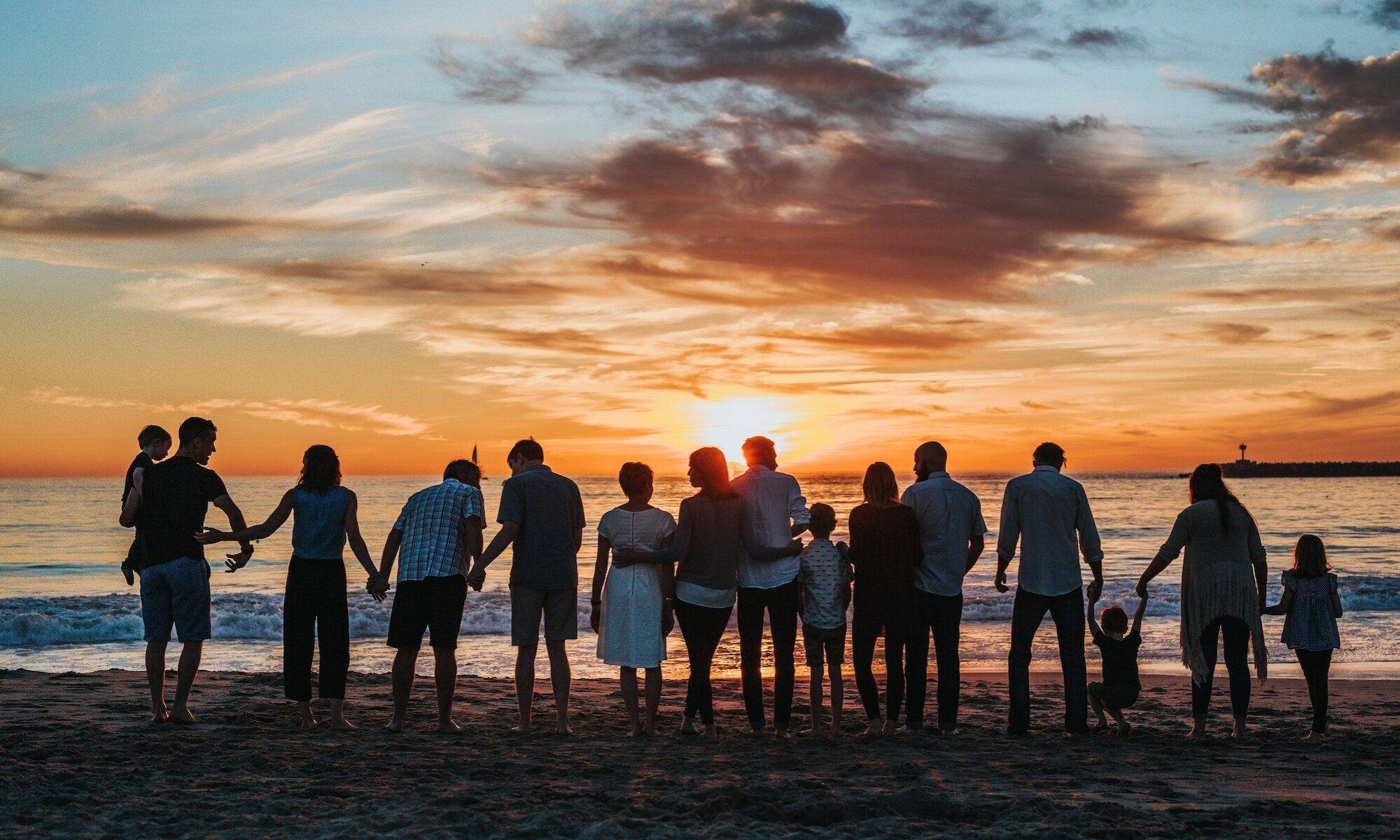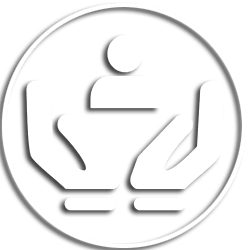Balancing personal well‑being with practical protection has never been more critical. This guide brings together emergency planning, access to health coverage, workplace wellness, caregiving resources and service animal rights — all reframed for real life in 2025. Through the story of Maya, a working parent who manages a visual impairment and a busy startup team, you’ll find actionable steps, trusted resources, and product recommendations that make wellness both attainable and resilient.
Workplace Wellness and Safety Programs to Protect Health and Productivity
Organizations increasingly link employee well‑being to safety outcomes. A well‑designed program reduces injuries, lowers absenteeism and boosts focus on the job.
- Start with a hazard assessment: identify physical and mental health risks at the workstation.
- Integrate wellness tools: encourage wearable use like Fitbit or Garmin for activity and stress monitoring.
- Improve air and hygiene: add Blueair purifiers and station supplies like Purell and Dettol in shared spaces.
Example: Maya introduced short walking meetings tracked on a Fitbit, which reduced afternoon fatigue and workplace errors.
Key takeaway: A program that pairs data (wearables) with environmental fixes (air filters, cleaning supplies) delivers measurable safety gains.
Designing a Comprehensive Workplace Health Program
Successful programs combine policies, accessible services and measurable goals. Use small pilots before scaling company‑wide.
- Policy: flexible breaks, clear mental‑health pathways, and ergonomic standards.
- Services: on‑site screenings, partnerships with local clinics, and virtual counseling.
- Measurement: track outcomes with aggregate metrics from devices like Garmin and anonymous surveys.
Maya ran a 90‑day pilot offering Peloton discounts and breathing workshops; engagement rose and incident reports fell.
Insight: Start small, measure impact, and iterate — that’s how workplace wellness becomes a safety asset.
Emergency Preparedness for People with Disabilities: Practical Steps
Emergencies demand planning tailored to individual needs. Resources such as Ready.gov and the Coalition on Inclusive Emergency Planning help craft inclusive plans.
- Create a personalized emergency plan: include daily routine needs, medication lists, and mobility or assistive device instructions.
- Build a disability‑specific emergency kit: include water, food, LifeStraw for filtering, hand sanitizer like Purell, cleaning wipes such as Clorox, and spare charging cables.
- Establish a support network: designate neighbors, co‑workers and local shelters that understand specific accessibility requirements.
Maya’s plan included a lightweight backup battery, a LifeStraw for water safety, and labeled caregiving notes so shelter staff could assist quickly.
Resources: sign up for alerts at Ready.gov and consult the Coalition on Inclusive Emergency Planning for local accessibility guidance.
Insight: Tailored preparedness — not generic checklists — shortens response time and preserves independence during crises.
Accessing Healthcare Insurance and Local Services for Ongoing Protection
Understanding coverage options is key to receiving consistent care. State programs and counseling services simplify enrollment and benefits navigation.
- Explore Medicaid/Apple Health for eligible adults, older adults and people with disabilities; consider Apple Health for Workers With Disabilities if you earn income.
- Use SHIBA counselors for unbiased Medicare guidance and plan comparisons.
- Save and work safely: programs like Apple Health for Workers With Disabilities allow earnings without losing benefits.
Maya found that switching plans with SHIBA’s help reduced out‑of‑pocket costs and improved access to low‑vision therapy.
For more on navigating insurance during travel and special circumstances, see our guides on travel and heat‑related health issues: Travel insurance plans and July health insurance heat tips.
Practical step: contact local SHIBA volunteers to compare Medicare options before annual enrollment periods.
Insight: Expert, local counseling converts confusing options into a plan that supports daily needs and long‑term health.
Healthcare Services: Low Vision, Rights and Practical Clinics
Specialized services close gaps between diagnosis and functional independence. Clinics and guides help patients and caregivers make the most of provider visits.
- Low vision clinics like Lion’s Low Vision Clinic at Edith Bishel offer assessments and visual aid recommendations.
- Patient advocacy guides (e.g., Getting the Care You Need) help prepare for appointments and assert rights.
- Local referrals: Aging and Disability Services can arrange training, equipment, and respite care for caregivers.
Case: After a low‑vision evaluation, Maya received a tailored magnifier and learned techniques that reduced daily frustration and improved safety at home.
Further reading on health guidance and emergent risks: Risks & health guidance.
Insight: Specialized clinics + informed patients = faster functional gains and fewer avoidable emergencies.
Support for Caregivers and the Role of Service Animals in Safety
Caregiving combines skill with emotional labor. Structured resources and clear rights for service animals reduce friction and protect independence.
- Training resources: short how‑to videos teach everyday tasks like buttoning, cooking, and cane techniques.
- Caregiver networks: organizations like Caregiver Action Network provide peer support and toolkits.
- Service animal guidance: learn eligibility, rights under ADA and housing rules, and local matching organizations.
Maya’s neighbor used ADS referrals to secure part‑time respite care for evenings, improving both caregiver and recipient well‑being.
Find guides on service animal rights and local nonprofit matches to access trained animals at no cost and understand the Washington State protections.
Insight: Empowered caregivers with access to community resources make care safer and more sustainable.
Social insight: Conversations on platforms like Twitter highlight rapid innovations in employer‑sponsored wellness and accessible emergency policy updates.
Everyday Products That Boost Wellness and Safety at Home
Layer simple, reliable products into daily routines to reduce risk and support health maintenance.
- Hydration and filtration: LifeStraw in emergency kits for clean water.
- Hygiene: stock Purell, Dettol disinfectants and Clorox wipes for quick surface cleaning.
- Electronics and protection: SafeSleeve sleeves for device safety and EMF reduction when needed.
- Supplements and air quality: reputable brands like Nature Made for basic vitamins and Blueair for improved indoor air.
- Exercise: home equipment like Peloton encourages consistent movement that supports safety and mental health.
Maya replaced a dusty filter with a Blueair unit and noticed fewer allergy episodes, which reduced sick days.
Insight: Thoughtful product choices reduce common risks and improve day‑to‑day resilience.
Insurance and Safety: Practical Links to Help You Act Now
When planning, combine coverage decisions with risk reduction steps. Our site offers targeted guides to pair protection with prevention.
- How to reduce premiums for wildfire risk
- Ways to cut car and bike insurance costs
- Emergency tips for vacation and travel
- Travel safety advice for complex destinations
- Cybersecurity and real estate protection
Insight: Use our guides to match insurance products with proactive safety actions and reduce the chance of denied claims.
Questions People Ask — Quick Answers
- How do I make an accessible emergency plan? List daily needs, medication schedules, assistive device details, and a network of contacts; test the plan regularly.
- Can I work and keep Apple Health? Yes — programs like Apple Health for Workers With Disabilities allow earning with sliding‑scale premiums.
- Where do I get low vision support? Contact local clinics such as Lion’s Low Vision Clinic and request a low‑vision evaluation.
Insight: Practical answers paired with local resources speed up access to safety and care.
Video summary: Patient stories show how low‑vision services translate into everyday independence and fewer accidents.
FAQ —
How should I prioritize items for an emergency kit if I have a disability?
Start with medication, communication devices, a list of medical providers, mobility aids, water (consider a LifeStraw), and hygiene items like Purell and Clorox wipes. Include spare batteries and contact info for your support network.
What resources help me choose the right health insurance?
Speak with SHIBA volunteers for free, unbiased Medicare counseling, and explore state programs such as Apple Health and Apple Health for Workers With Disabilities to compare costs and benefits.
How can employers support employees with disabilities in emergencies?
Employers should adopt inclusive emergency planning, maintain accessible shelter lists, train staff on assistance etiquette, and share individualized evacuation protocols with employees and first responders.
Where do I find service animal training and matching organizations?
Seek vetted guide dog nonprofits and consult state publications on service animal rights to understand training criteria, housing protections, and air travel rules.
What simple home changes most improve safety?
Improve indoor air with devices like Blueair, keep cleaning supplies on hand (Dettol, Clorox, Purell), use device protection like SafeSleeve, and maintain activity with tools such as Peloton or wearables like Fitbit.


